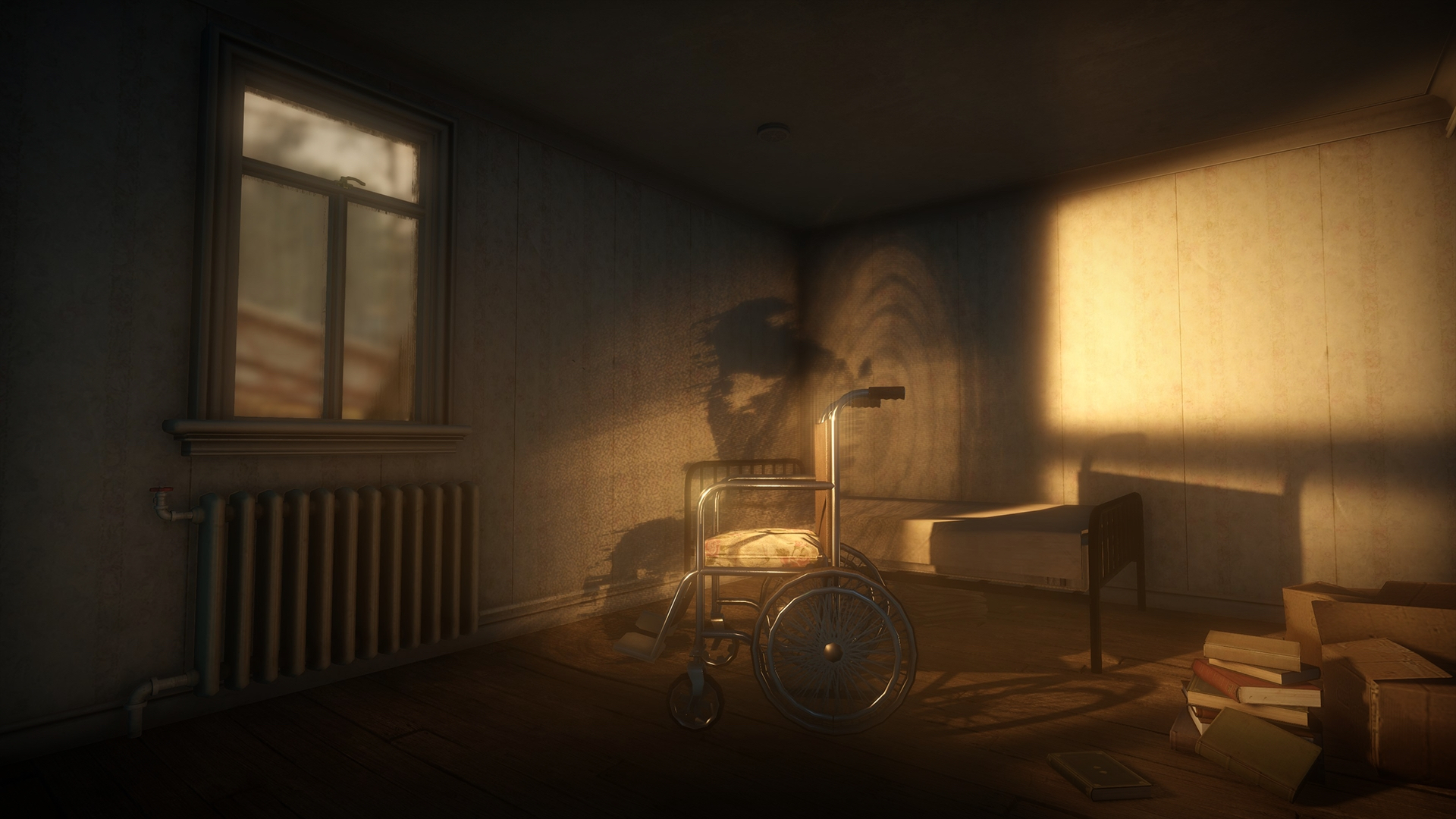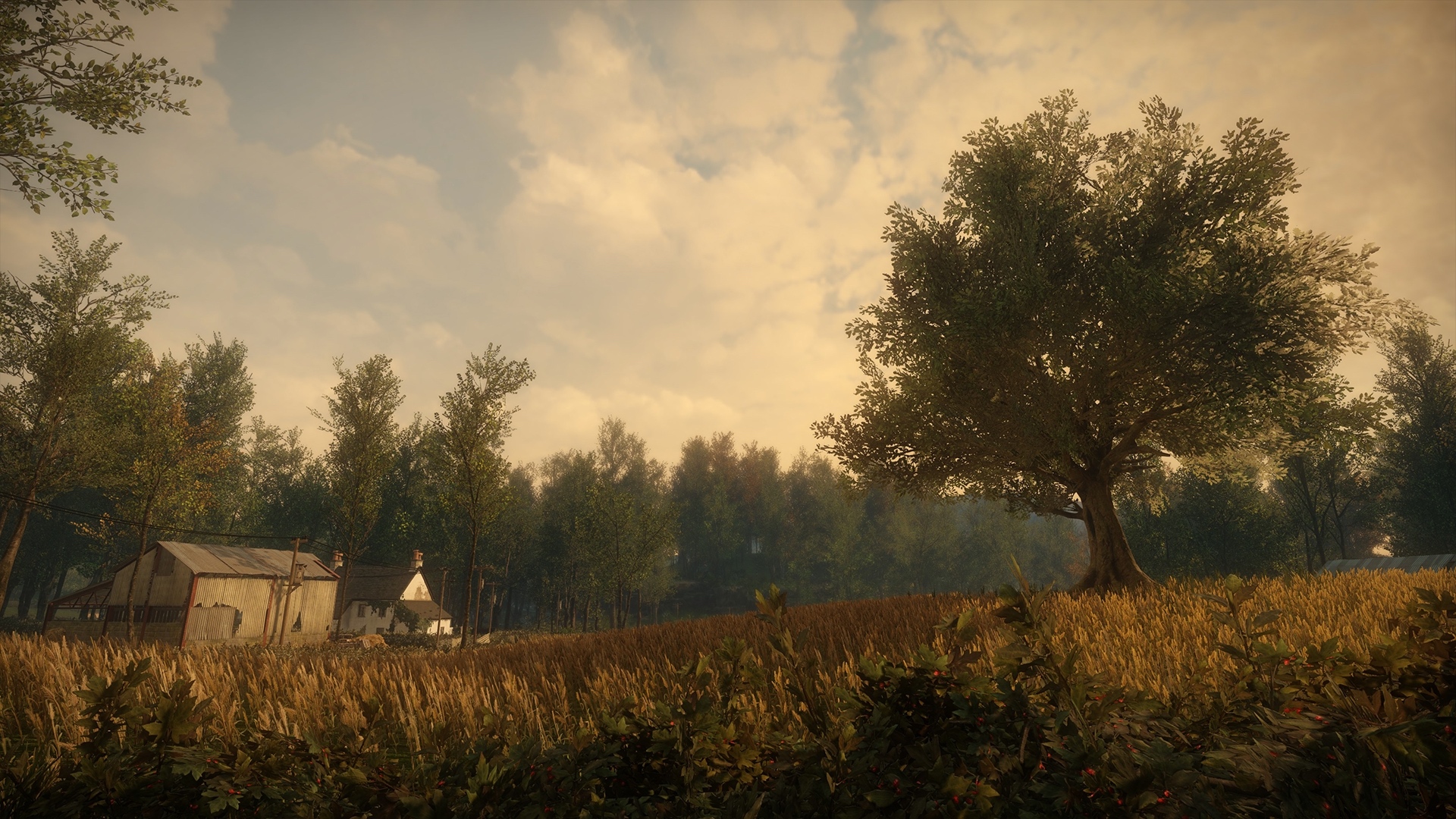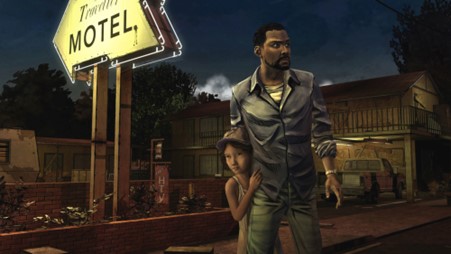Nostalgia can rise from the most mundane things and drive players to explore.
In his paper “An Impression of Home: Player Nostalgia and the Impulse to Explore Game Worlds”, Robin J.S. Sloan argues that nostalgia in games is an affective, positive emotional state that does not require any specific historical or period referents to explicitly evoke responses in players. He also sees nostalgia as enhancing player motivation to explore the spaces in games and as such, it can be an important factor in game design. To illustrate his argument, Sloan presents a case study of two recent games making use of nostalgia as an element of game design.
As a background for his paper, Sloan recognizes a recent major growth in interest regarding gaming nostalgia from consumers, designers and academic circles alike. He also acknowledges the possible criticisms of nostalgic design in modern gaming as “regressive and overly sentimental”. If nostalgia is seen as relying upon “definitive memories of the past”, it would cause differing experiences among various player demographics playing games that utilize period references or styling. Sloan, however, still sees the aesthetic qualities of nostalgia as a way of examining game design and games culture.
Sloan takes the perspective of audio-visual and thematic design in discussing the subject of nostalgia enhancing the player’s motivation to explore game worlds. He examines two story-focused adventure games, both containing the player’s exploration of the environment. Both have also previously been subjects of discussion on nostalgia. The games, Everybody’s Gone to the Rapture and Life is Strange, will be referred to here as EGttR and LiS.
EGttR is a first-person game set in 1984. In the game, the mysterious main character attempts to uncover the truth behind the disappearance of the residents of a fictional English village. The player listens to echoes of past conversations by the villagers, learning more about their relationships along the way. Sloan notes that even though one might expect a focus on historical or period referents, the game implements the aesthetics of nostalgia in various other ways as well.
LiS is a third-person game set in 2013. The events of the game are experienced through the main character Max, a photography student returning to her hometown of Arcadia Bay. The five-episode game begins with Max discovering her ability to rewind time after witnessing the murder of her best friend. Throughout the game, the player solves puzzles and uses the time rewind-ability to redo decisions in alternative ways. According to Sloan, the game does not use period-specific “artefacts of nostalgia” as obviously as EGttR, due to the modern setting of LiS. Instead, the game’s design team focused in the aesthetics of nostalgia, highlighting them in the game’s environments and soundtrack.
Sloan focuses on both the triggers of nostalgia and the emotional effects that follow. He elaborates that nostalgia is experienced more strongly during negative moods such as the feeling of loneliness. Negative atmospheres in games can then trigger nostalgia without specific historical or memorial referents. Sloan emphasizes the “tone, mood and setting” and inspiring reflection of personal memories in players instead of using explicit references only meaningful to a part of the demographic. The main emotional effect of nostalgia discussed in detail by Sloan is the enhanced motivation to explore. This is explained by nostalgia relating to a safe past, which is in turn associated with a feeling of attachment, enhancing the desire to explore.
Sloan presents the general familiarity of the spaces in EGttR and LiS as one of the triggers of nostalgia in the games. He divides that familiarity into familiar settings, imagery and tactile artifacts, represented in the games with things such as communities, hand written flyers and personal photographs respectively. All of these aim to evoke a broader feeling of nostalgia in the player, regardless of the demographic.
In the paper, Sloan also discusses the role of various audio-visual cues as triggers of nostalgia. These are present in depictions of nature as a “vision of a better past”, dreamlike usage of light and the melancholic composition of music.
Sloan also mentions the theme of time being the central concept in the games. Emphasizing choice and relationships affected by it, the games convey the notion of lost times of the past. This notion is essential to nostalgia as an emotion, and the games embody it in their core ideas.
Both games, having barely any focus in action-orientated gameplay, give the player unlimited time to explore their surroundings. With no time-limits, the games encourage thorough exploration at all times. During the leisurely exploration, the audio-visual aesthetic choices of the games give room for player reflection and contemplation.
Article: An Impression of Home: Player Nostalgia and the Impulse to Explore Game Worlds
Author: Robin J.S. Sloan
Publication: DiGRA/FDG 2016
Published: August 2016
Online: http://www.digra.org/wp-content/uploads/digital-library/paper_107.pdf
Header image © Dontnod Entertainment
You might also like
More from Game Research Highlights
How do you want to do this? – A look into the therapeutic uses of role-playing games
Can playing RPGs contribute positively to your wellbeing? A recent study aims to find out how RPGs are being used …
Eldritch horrors and tentacles – Defining what “Lovecraftian” is in games
H.P. Lovecrafts legacy lives today in the shared world of Cthulhu Mythos and its iconic monsters. Prema Arasu defines the …
Are Souls Games the Contemporary Myths?
Dom Ford’s Approaching FromSoftware’s Souls Games as Myth reveals the Souls series as a modern mythology where gods fall, desires …


















